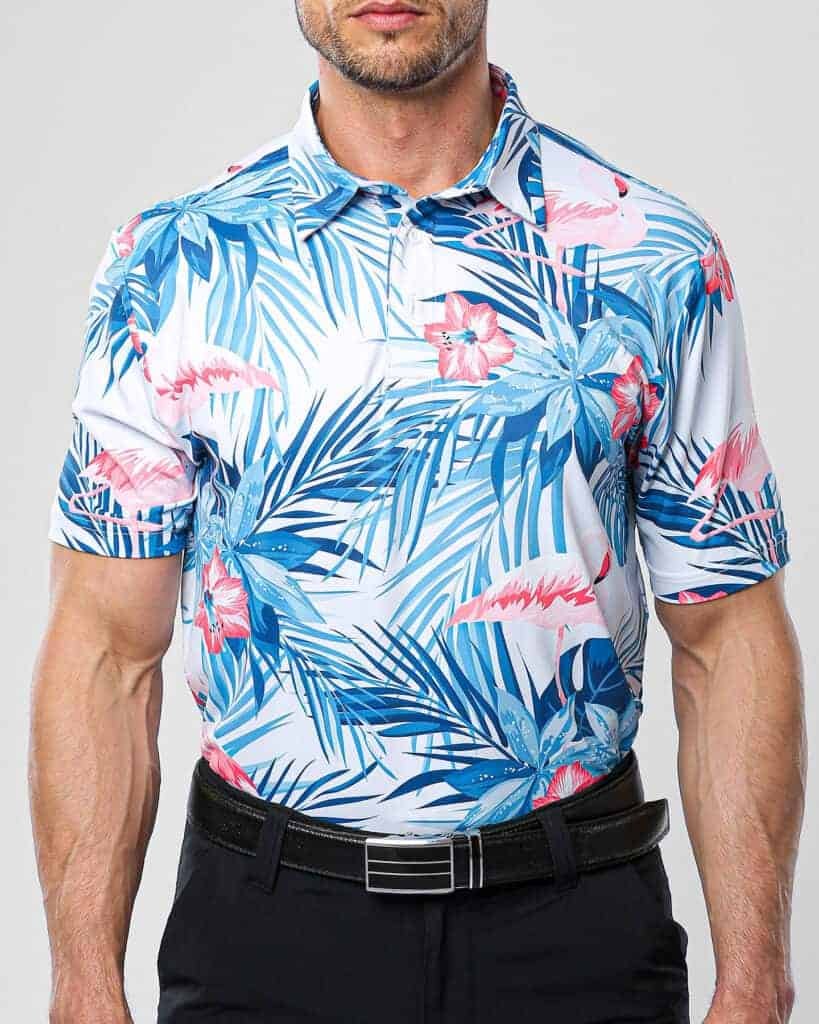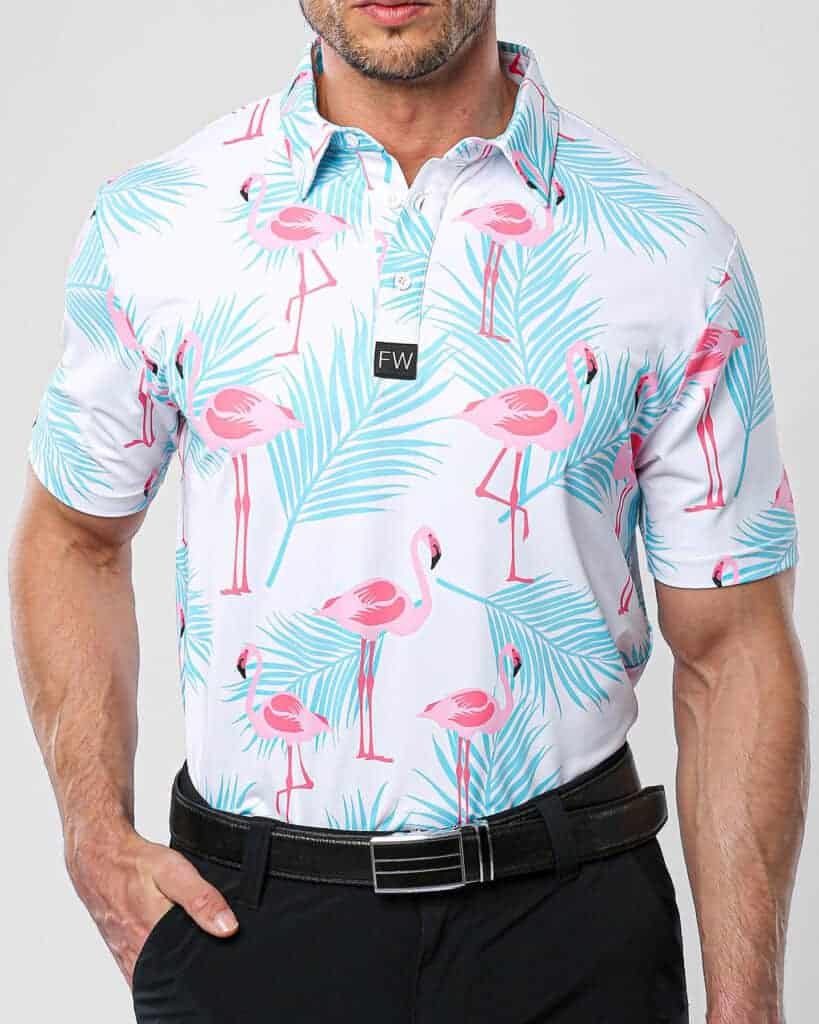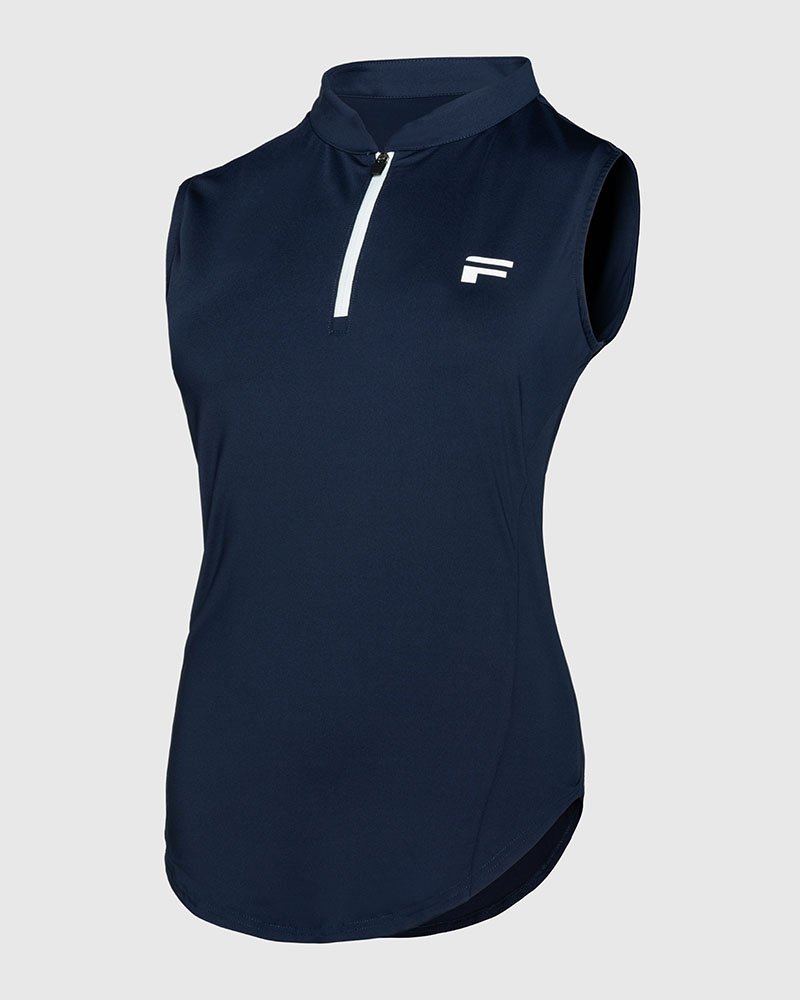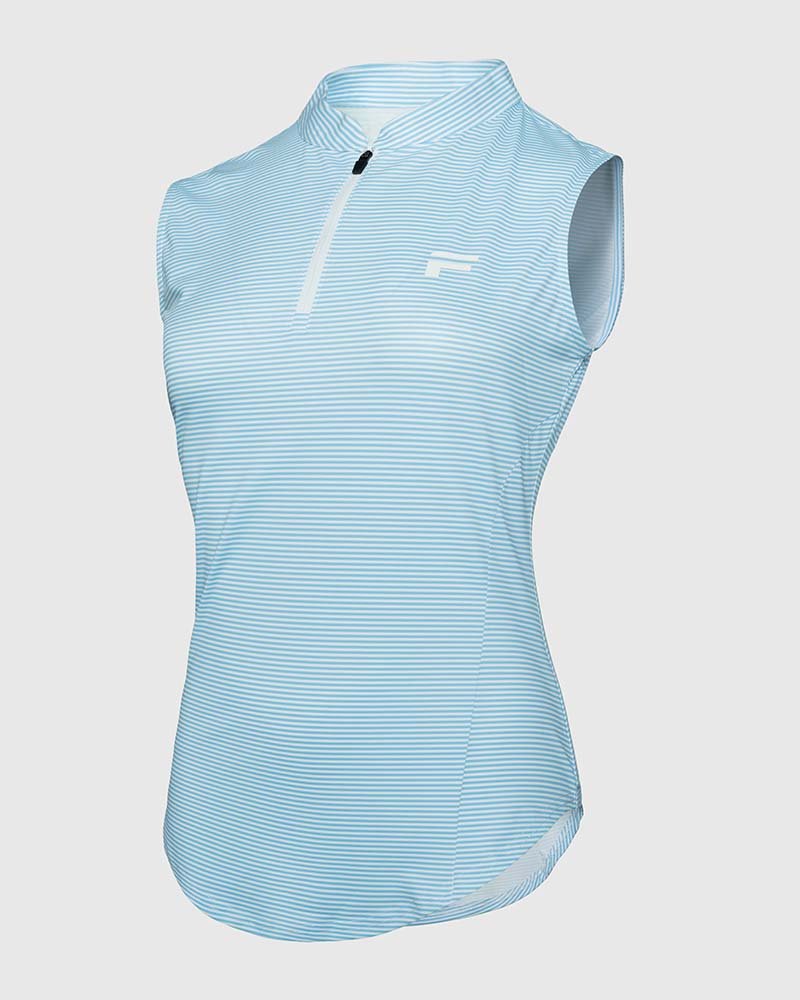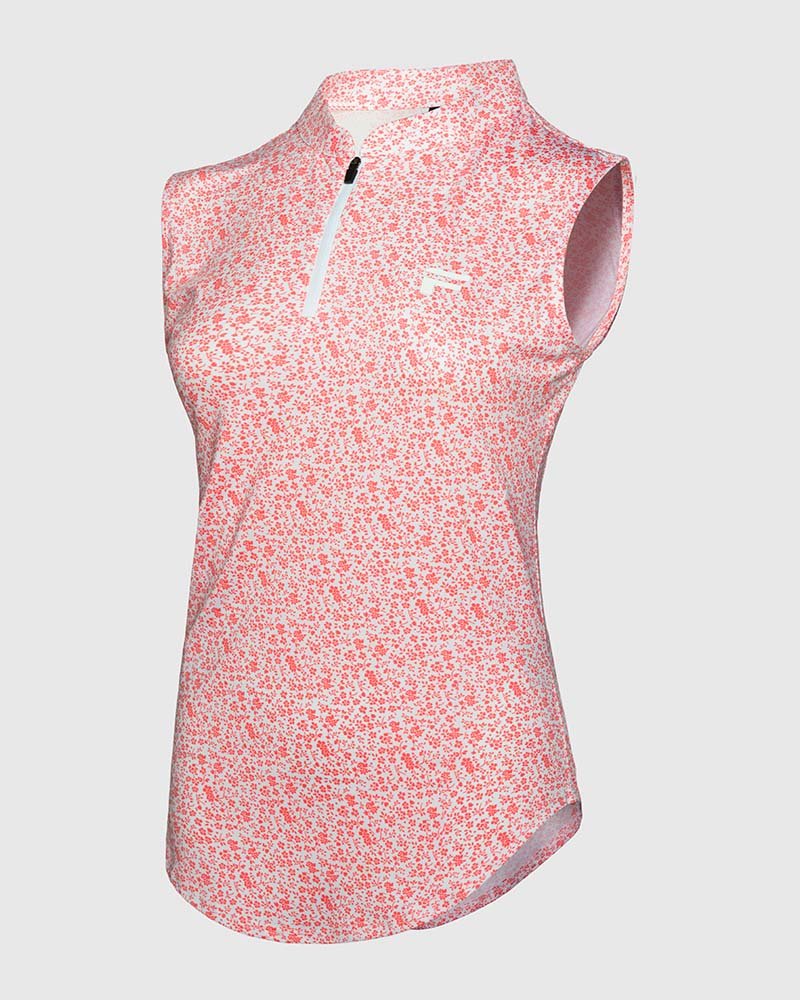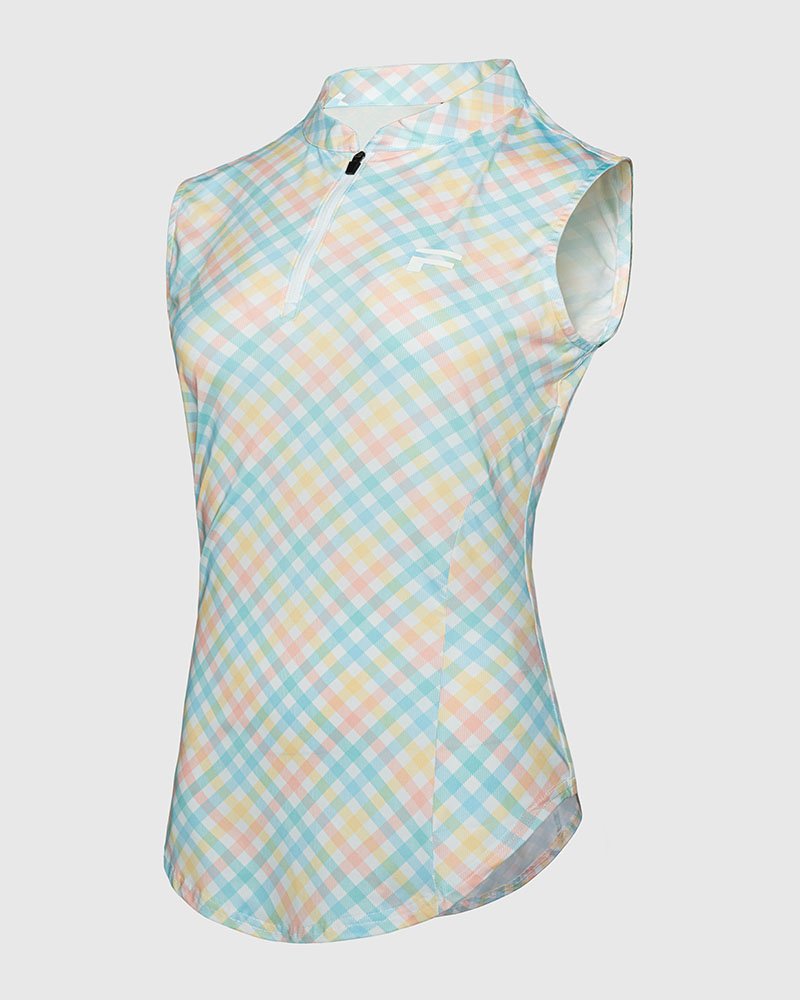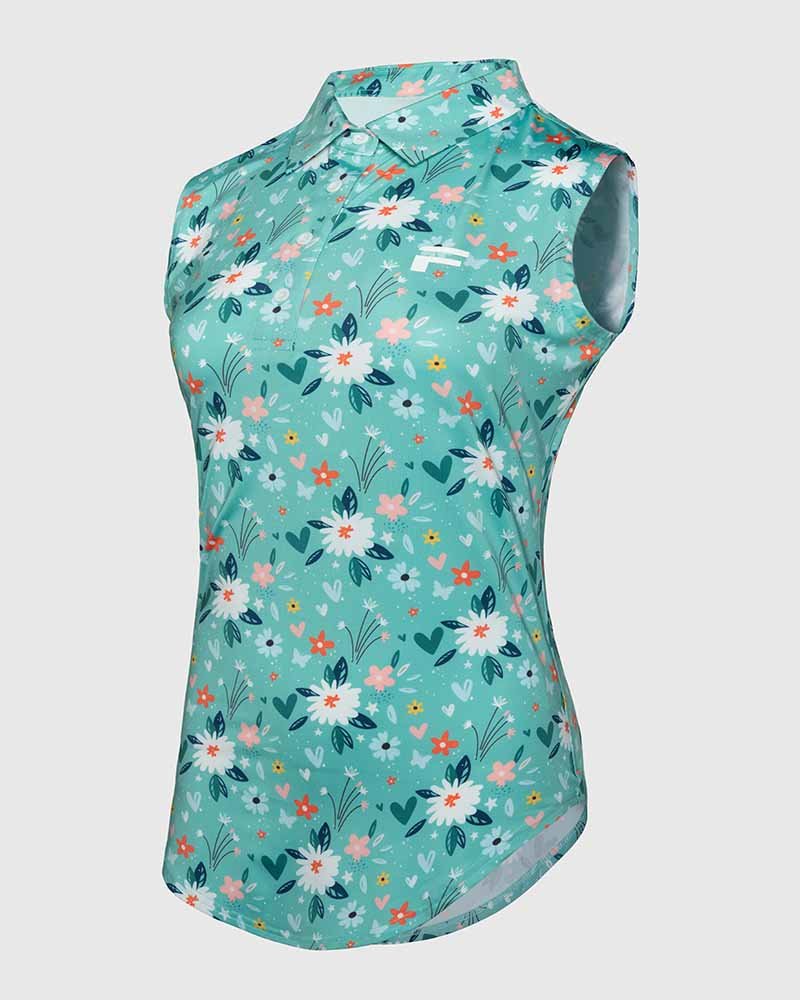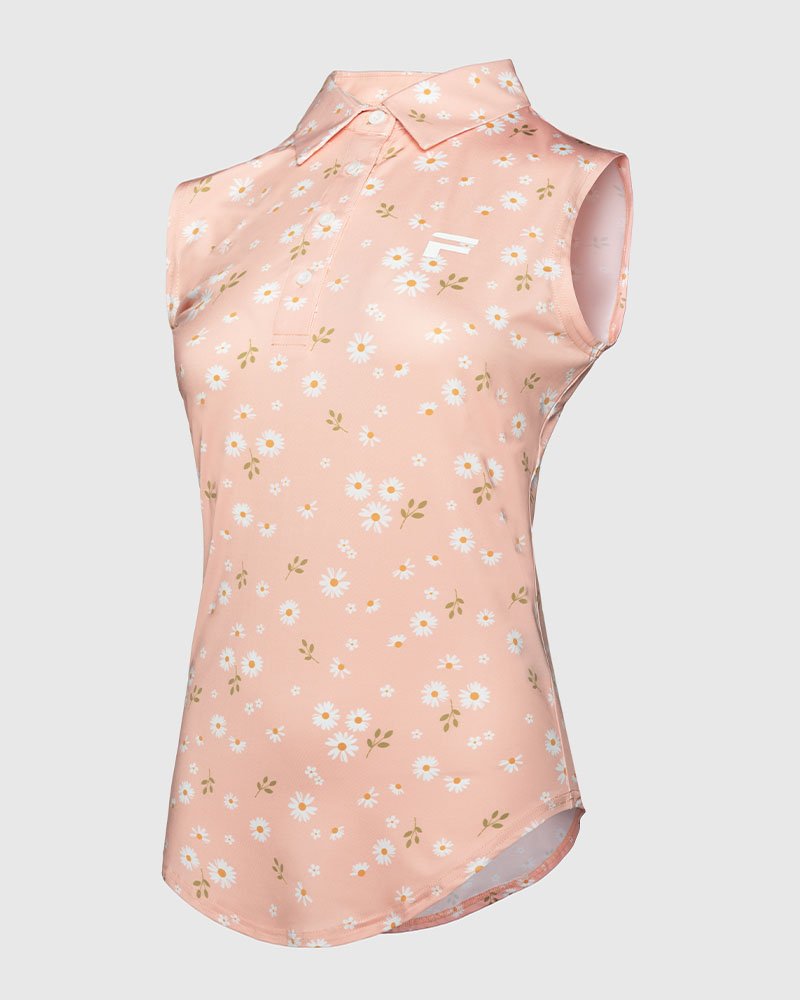
Setting the right price for golf apparel is far more than adding a margin to cost. In the premium U.S. market, your pricing strategy impacts brand perception, customer loyalty, and long-term profitability. With 12 years of hands-on experience in the golf apparel industry, here’s how to build a pricing strategy that maximizes profit while resonating with your ideal customer.
Define Your Brand Positioning Before Setting Prices
Your price should reflect perceived brand value—not just production cost.
Key Considerations:
- Are you a luxury lifestyle brand or a performance-driven technical brand?
- Who is your U.S. target customer: weekend golfers, private club members, or professionals?
- What emotional or functional value does your apparel provide?
Industry Insight:
Many brands price themselves as premium, but their customer experience feels average. Inconsistent pricing and positioning break trust. Align your price with what the market expects.
Calculate True COGS—Including Overheads
Beyond fabric and labor, include costs like design, prototyping, influencer seeding, digital ads, packaging, returns, and platform fees.
Example Breakdown:
- Base Manufacturing: $22
- Packaging & Trims: $3
- Sampling/Development: $5 (allocated per unit)
- Marketing/Influencer Spend: $6
- Shipping + Return Buffer: $4
Total COGS: $40
Industry Insight:
Many founders forget to include post-sale services like free returns or exchanges—critical for U.S. consumers shopping online.
Use Value-Based Pricing Instead of Keystone
Keystone pricing (2x COGS) is outdated for premium golf brands. Price based on perceived value and brand equity.
Strategy Tips:
- Justify higher price points with premium fabrics, limited releases, or superior fit.
- Benchmark U.S.-based competitors like Greyson, TravisMathew, Peter Millar.
- Understand consumer psychology: $98 often converts better than $79 for high-end polos.
Industry Insight:
We tested a polo at $115 vs. $85. While conversion slightly dropped, total profit rose due to stronger perceived exclusivity.
Use Tiered Pricing and Product Bundles to Boost AOV
Encourage higher spend per customer by offering bundled savings or value-based kits.
Examples:
- 3 polos for 15% off.
- Starter bundles for beginners: polo + pants + cap.
- Loyalty or referral discounts for repeat buyers.
Industry Insight:
Tiered pricing helps segment your audience. High-intent buyers naturally gravitate to the premium bundles when value is structured right.
Optimize Pricing with A/B Testing and Customer Feedback
No pricing strategy is perfect from launch—let data lead your refinement.
Optimization Ideas:
- A/B test pricing tiers (e.g., $95 vs. $105) and monitor conversion impact.
- Use post-purchase surveys to gauge value perception.
- Track return rates and CS feedback across different price levels.
Industry Insight:
Brands that adjust pricing quarterly—rather than annually—adapt faster to inflation, supply chain shifts, and U.S. consumer trends.
Final Thoughts
Your price is a strategic brand signal, not a random number. For the U.S. premium golf apparel market, price communicates quality, exclusivity, and alignment with customer identity.
When executed correctly, a good pricing strategy won’t just earn you profit—it will build long-term brand equity and customer loyalty that low-cost competitors can’t touch.




